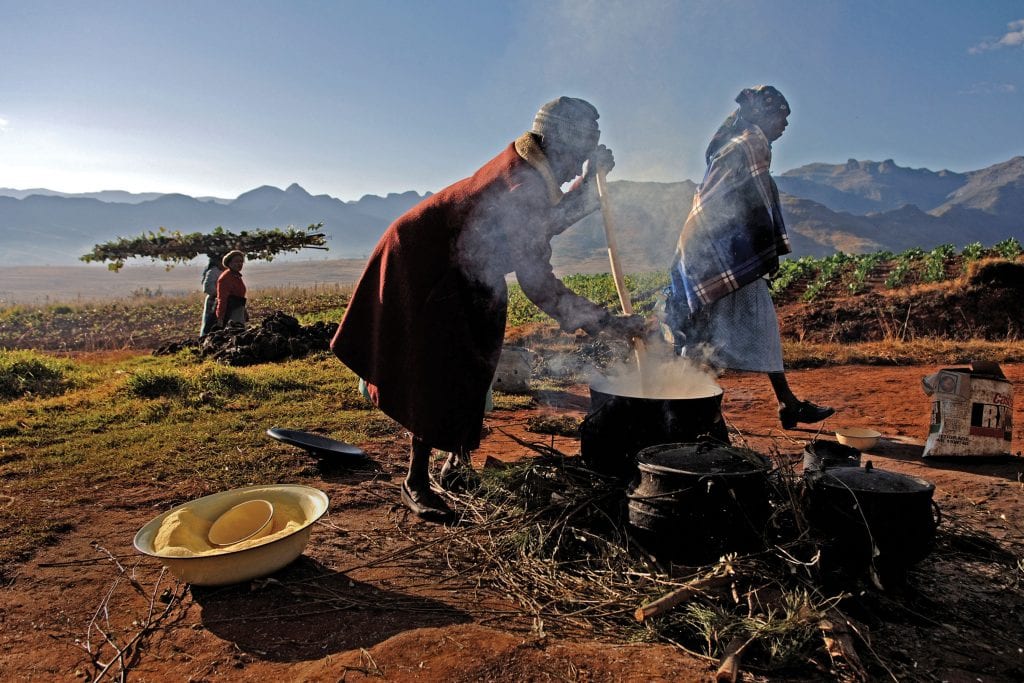I’m optimistic about the future of photography in this visually oversaturated world. That’s because I believe in its transformational power. It can transform light and time into something physical.
It’s a universal language we all speak, and great photos communicate so much, in an instant, without words or sound. We think in still images; our memory is formed by them.

The image of the blank piece of paper with the caption “Migrant Mother, Dorothea Lange, 1936” makes my point. There is no image there, but chances are if you’ve seen this iconic picture by Dorothea Lange, of a mother and her two children, you can “see” the picture now. Did you see the image Migrant Mother by Dorothea Lange?

You can spend time with a strong image, lingering and discovering something new each time you view it. My belief in the power of photography to move people was solidified when I came across a small memorial in Kigali, Rwanda. I was moved by the simple wire-and-clip display of snapshots of victims from the 1994 genocide.

Photography is a way to record our milestones, often brought out when happy times are upon us or at big events. These were the images on display—images of people we can all relate to during important moments in their lives.
For some, the images were the only proof of existence. It was a moving, powerful display, and as a photographer, I made pictures of the pictures as a way to share my experience with others. I learned that it’s not always the grand vista that tells the bigger story. Post any thoughts or comments below.











